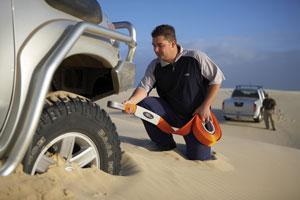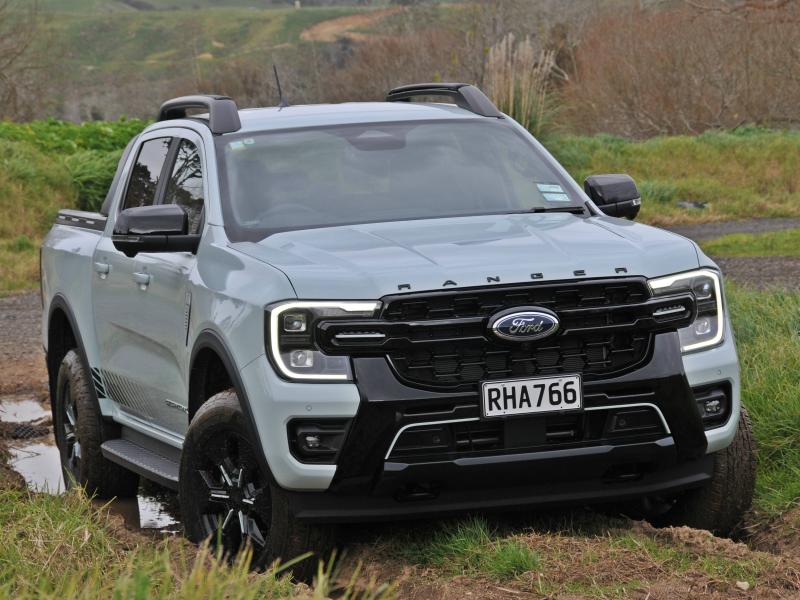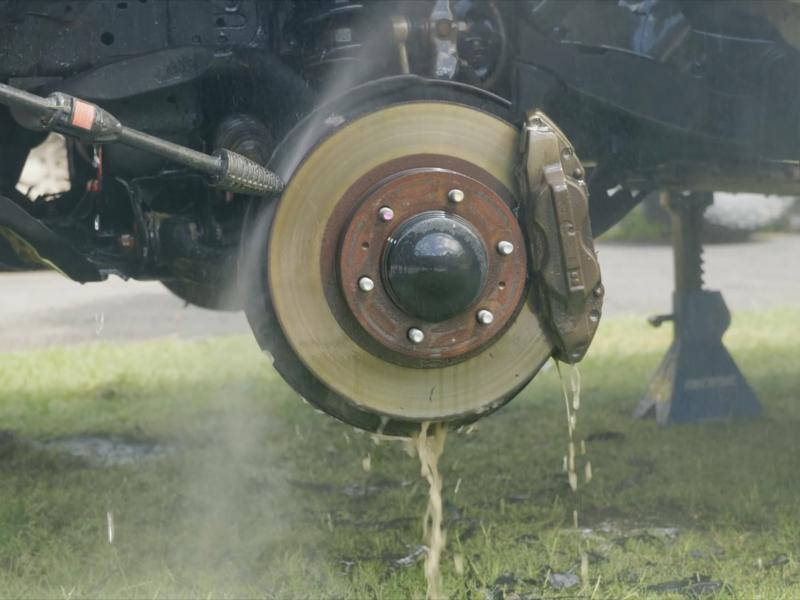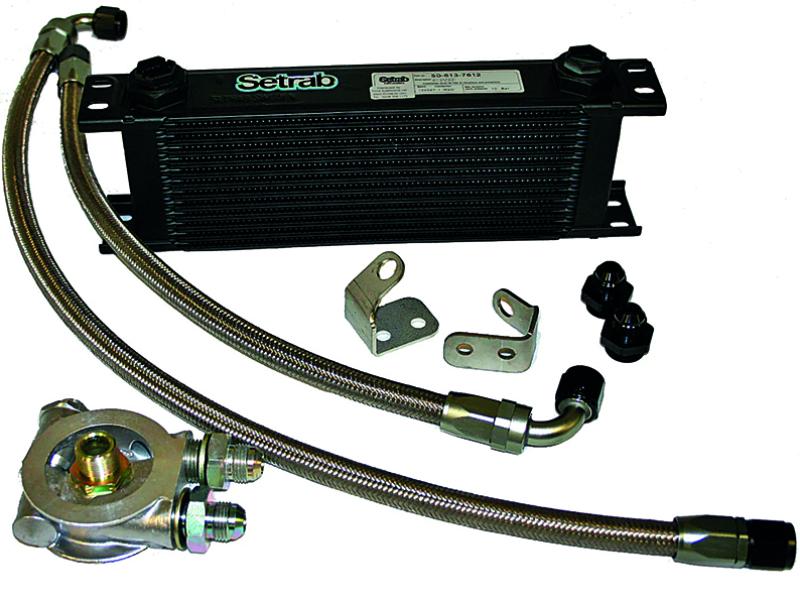Recoveries can be extremely dangerous, which highlights the need for care and forethought before attempting any sort of recovery, even one that may seem on the face of it to be dead easy.
Here are a few tips to make it safer.
TOWING
Use a tow rope or strap with no hooks and a certified rating suitable for the job. Never use wire rope or chain for towing
The rope should where possible always be attached to the towing vehicle’s tow hooks, but if necessary you can attach to the vehicle’s chassis.
Never tie the tow rope to a bumper or tow ball.
Survey the situation carefully – sometimes towing out backwards may be the best option.
Attach the rope to both vehicles and move the towing vehicle forward or back until the rope is tight.
Ensure no-one is in the danger area, which is immediately around each vehicle and the space between and to each side of them.
Select appropriate gear to be used by both vehicles, and with both vehicles applying power, start the tow.
If possible have someone guide proceedings with hand signals, and take care not to run over the tow rope.
SNATCHING
Much has been said and written about this, but it is quite simple if you take the right precautions.
A “snatch” entails the towing vehicle leaving slack in the rope so it can build up enough speed to “snatch” the stuck vehicle free, usually from mud, sand or gravel.
The towrope must be a properly certified snatch strap or rope made of nylon – to give it elasticity – and rated at 6 to 8,000 kg or more. If you attempt a snatch with a chain or non-elastic rope you will cause severe damage to both vehicles.
The technique is simple. Once the rope or strap is securely attached to proper rated tow hooks fitted to the chassis or tow bar (never to a tow ball) the pulling vehicle reverses to make about a metre of slack in the rope – not more than that.
Then the tow vehicle moves forward, and as the tension is taken up by the tow rope the momentum of the vehicle will stretch it and energy will be transferred to the stuck vehicle and snatch it free.
NB: Never connect two tow ropes with a shackle as it will cause damage or injury if the rope breaks; similarly never use towropes with metal hooks.
WINCHING
Always use extreme caution when using a winch of any type, whether it is a hand winch, a power winch, or even a high lift jack being used as a winch.
A huge amount of energy is transferred into the cable during winching, and if a cable breaks it’s too easy for a person to be hurt; always ensure everyone not directly involved in the recovery is at least tow or winch rope length away.
Before starting to winch a vehicle free, have a look to see what’s causing it to be stuck. It may be hung up on a stump or rock, in which case you’ll need to jack the vehicle up and put something under the wheels to gain clearance.
If you’re winching yourself out, decide where to anchor your rope. Large rocks or trees are ideal (always using a tree protector) but small tress can also work if you give them some support.
You can also use a ground anchor – even your spare wheel buried in the ground to give you a winching point.
Winching at an angle is possible but you’ll get cable buildup on one side of the drum. Never try to guide the rope while winching as this could result in serious injury.
When using a shackle to attach the rope to your vehicle or anchor point tighten the pin then back off a quarter turn to prevent locking up after being under load.
Always use gloves when handling winch cables, and always place a jacket, sack towed or anything similar over the winch cable while winching. This will act as a damper if the anchor point fails.
Raise the bonnet while winching to give additional protection to the driver.
NB: Winching is dangerous and before you go off-road you should ensure you know how to use the winch properly, and how to use techniques such as snatch blocks and ground anchors.
Your best bet is to join a club or to go on a proper 4WD training course.
Even taking your vehicle out and practicing from a book of instructions is better than nothing – it’s too late to read the book once you’re stuck in the bush!







